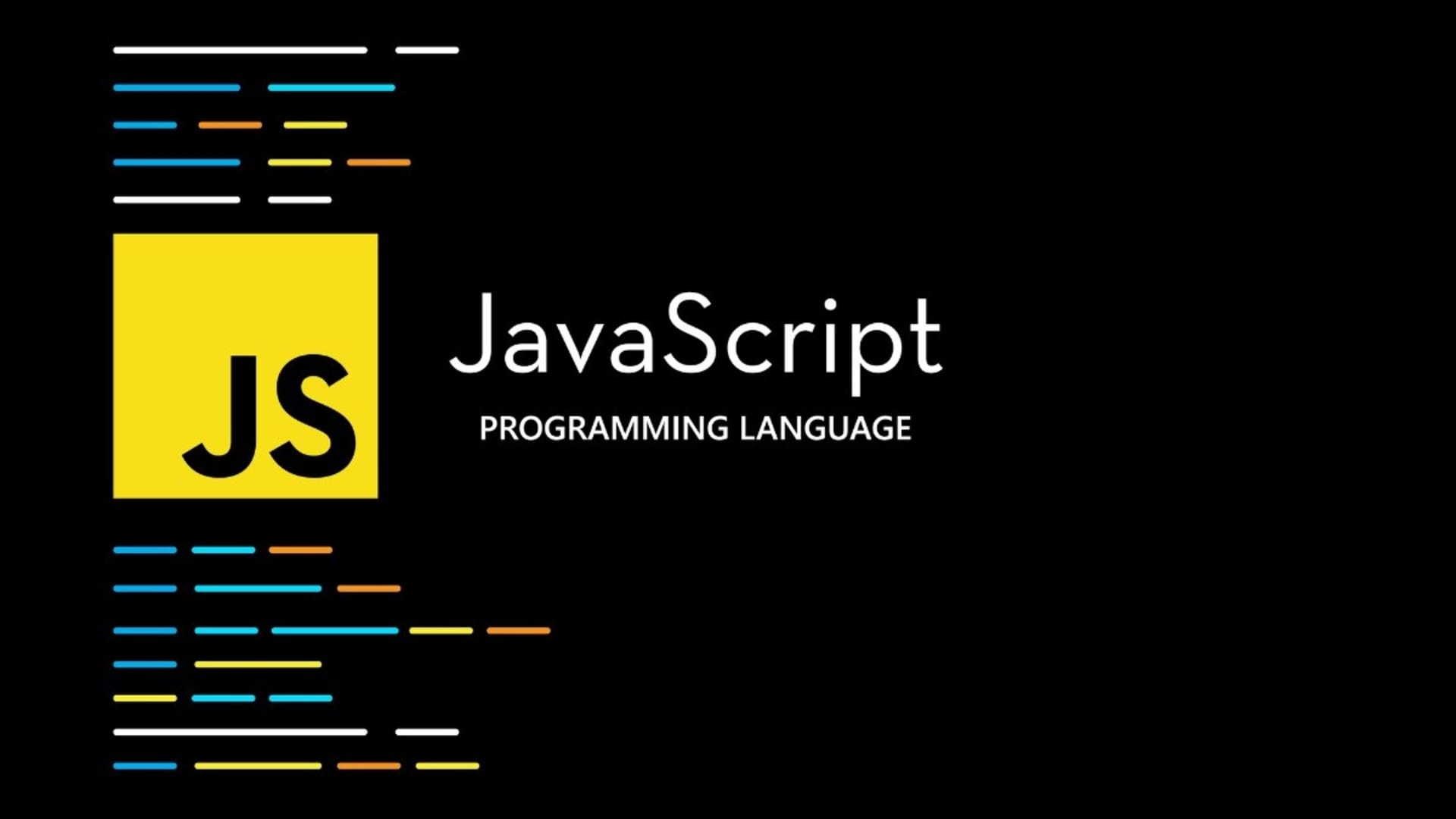Welcome to the Coding Encyclopedia!
History of Coding
Coding, also known as programming, is the process of creating instructions for computers using programming languages. It has evolved significantly since its inception.
The history of coding dates back to the 19th century with Charles Babbage's Analytical Engine and Ada Lovelace's work on algorithms. Lovelace is often considered the first computer programmer for her work on Babbage's machine. The development of electronic computers in the mid-20th century revolutionized coding, leading to the creation of numerous programming languages tailored for different applications.

In the 1950s, languages like Fortran and COBOL were developed to handle scientific and business tasks respectively. The 1970s saw the advent of the C programming language, which has had a profound impact on many later languages.
The development of the internet in the 1990s brought about languages such as Java and JavaScript, which are pivotal for web development. Today, coding continues to evolve with advancements in artificial intelligence, data science, and more.

Important People in Coding
- Ada Lovelace: Often considered the first computer programmer, she wrote the first algorithm intended for implementation on Babbage's Analytical Engine. Lovelace's notes on the engine included what is now recognized as the first algorithm intended to be carried out by a machine, and she foresaw the future potential of computers beyond mere calculation.
- Alan Turing: Known as the father of computer science, Turing developed the concept of the Turing Machine and contributed significantly to the field of artificial intelligence. Turing's work laid the foundation for modern computing and he played a crucial role in breaking the German Enigma code during World War II, significantly aiding the Allied war effort.
- Grace Hopper: A pioneer in computer programming, she developed the first compiler and contributed to the creation of COBOL, a major programming language. Hopper's work on the first compiler for a computer programming language is a significant milestone in computer science. The compiler, known as A-0, led to the development of COBOL, which is still in use today.
- Donald Knuth: Known for his work on algorithms and the creation of the TeX typesetting system, Knuth has made substantial contributions to computer science. Knuth's multi-volume work "The Art of Computer Programming" is considered one of the most comprehensive and authoritative sources on algorithms and computer programming.
- Tim Berners-Lee: Inventor of the World Wide Web, Berners-Lee developed the first web browser and server, revolutionizing the internet. His invention of the World Wide Web fundamentally changed how information is shared and accessed, leading to the modern era of the internet.




Programming Languages
1. Assembly Language
Assembly language is a low-level programming language that is specific to a computer architecture. Created in the early days of computing, it provides a way to write programs that are directly executed by the CPU. Assembly language is closely associated with machine language, but it uses symbolic code (mnemonics) instead of binary, making it slightly more readable. It is primarily used in scenarios where direct hardware manipulation and high performance are crucial.
:max_bytes(150000):strip_icc()/assembly-language.asp-final-664011aa8a8d4774ab6538e594961475.png)
2. Fortran
Created in the 1950s, Fortran (short for Formula Translation) is one of the oldest high-level programming languages. It was designed for scientific and engineering calculations and has been widely used in those fields. Fortran has undergone several revisions, with modern versions incorporating advanced features like object-oriented programming. It remains in use today for high-performance computing applications.

3. COBOL
COBOL (Common Business-Oriented Language) was developed in the late 1950s for business applications. It is known for its readability and is still used in many financial and administrative systems. COBOL's syntax is designed to be self-documenting, which makes it easier to read and maintain. Despite its age, COBOL remains critical in many legacy systems used by banks, government agencies, and large corporations.

4. C
Developed in the early 1970s, C is a powerful and versatile language. It has influenced many other languages, including C++, Java, and Python. C is known for its performance and low-level memory manipulation capabilities. It is widely used in system programming, embedded systems, and developing operating systems and compilers. The language's simplicity and efficiency have made it a staple in the programming world.
5. Python
Created in the late 1980s and early 1990s, Python is known for its simplicity and readability. It is widely used in web development, data analysis, artificial intelligence, and scientific computing. Python's clean syntax and extensive libraries make it a popular choice for both beginners and experienced programmers. It supports multiple programming paradigms, including procedural, object-oriented, and functional programming.
6. Java
Java was developed in the mid-1990s with the goal of being platform-independent. It is widely used in enterprise applications, mobile apps, and large systems development. Java's "write once, run anywhere" philosophy allows code to run on any device with a Java Virtual Machine (JVM). It is known for its robustness, security features, and extensive standard library, making it a favorite for large-scale applications.
7. JavaScript
JavaScript was created in the mid-1990s to add interactivity to web pages. It is now a crucial part of web development, enabling dynamic content and user interactions on the internet. JavaScript is primarily used for front-end development, but with the advent of Node.js, it is also used for back-end development. Its versatility and extensive ecosystem have made it one of the most popular programming languages today.

8. Ruby
Ruby, developed in the mid-1990s, emphasizes simplicity and productivity. It is known for its elegant syntax and is widely used in web development, particularly with the Ruby on Rails framework. Ruby's design philosophy focuses on making programming enjoyable for the developer. It is a dynamic, interpreted language with features inspired by Perl, Smalltalk, and Lisp.
9. Swift
Introduced by Apple in 2014, Swift is designed for iOS and macOS app development. It is known for its modern features, safety, and performance. Swift's syntax is concise yet expressive, and it provides powerful tools for software development. Its interoperability with Objective-C allows for smooth transitions and integration with existing codebases.
